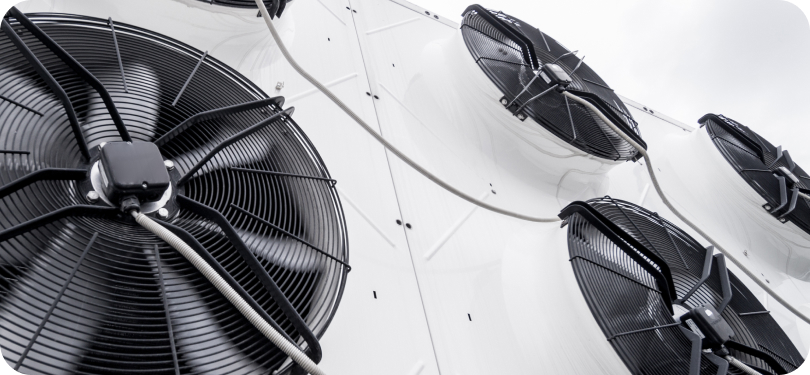Our Blog
Exploring the Latest Innovations in Air Conditioning Technology
The field of air conditioning technology is evolving rapidly, with new innovations aimed at improving efficiency, reducing environmental impact, and enhancing user comfort. These advancements are not only transforming how we cool our spaces but also contributing to global sustainability efforts. This article delves into the latest breakthroughs in air conditioning technology, highlighting how these innovations promise to shape the future of climate control.

-
1. Eco-Friendly Refrigerants
Traditional air conditioning systems have relied on refrigerants that, while effective in cooling, pose significant environmental risks due to their high global warming potential (GWP). The latest innovations in air conditioning technology have seen the development of eco-friendly refrigerants with lower GWP, reducing the carbon footprint of cooling systems. These new refrigerants, such as R-32 and HFO-1234yf, offer a sustainable alternative without compromising on efficiency.
-
2. Smart Thermostats and AI Integration
Smart thermostats and artificial intelligence (AI) are revolutionizing how we manage indoor climates. These technologies enable air conditioning systems to learn from our habits and preferences, adjusting temperatures automatically for optimal comfort and energy efficiency. AI-driven systems can predict weather changes and adjust settings preemptively, further enhancing energy savings and reducing utility bills.
-
3. Solar-Powered Air Conditioning
Harnessing solar energy to power air conditioning systems represents a significant leap towards sustainable cooling. Solar-powered air conditioners use photovoltaic panels to convert sunlight into electricity, powering the unit without drawing from the grid. This innovation not only cuts down on energy consumption but also offers a greener alternative by utilizing renewable energy sources.

-
4. Thermal Energy Storage
Thermal energy storage is an innovative approach that involves storing cold energy during off-peak hours (usually at night) and using it to cool spaces during peak demand times. This technology helps in balancing the load on the electrical grid and allows for more efficient use of energy resources. By shifting the energy demand, thermal energy storage can lead to substantial savings on energy costs and contribute to the overall stability of the power grid.
-
5. Geothermal Cooling Systems
Geothermal cooling systems leverage the stable temperatures of the earth to cool homes and buildings. These systems circulate water through underground pipes, using the earth's constant temperature to cool it during summer. This method is incredibly efficient and sustainable, offering a long-term solution for reducing reliance on traditional energy sources for cooling.
-
6. Portable and Wearable AC Devices
The development of portable and wearable air conditioning devices offers personalized cooling solutions. These compact and mobile units provide individual comfort, especially in outdoor or non-air-conditioned environments. Wearable AC devices, such as cooling neckbands, use thermoelectric technology to offer immediate relief, showcasing the potential for personal climate control innovations.

-
Conclusion
-
The latest innovations in air conditioning technology are paving the way for a future where cooling systems are more efficient, environmentally friendly, and tailored to individual needs. From eco-friendly refrigerants and smart technology integration to solar-powered units and geothermal systems, these advancements offer promising solutions for reducing energy consumption, lowering emissions, and enhancing user comfort. As the technology continues to evolve, the potential for further innovation remains vast, promising a cooler, more sustainable world.